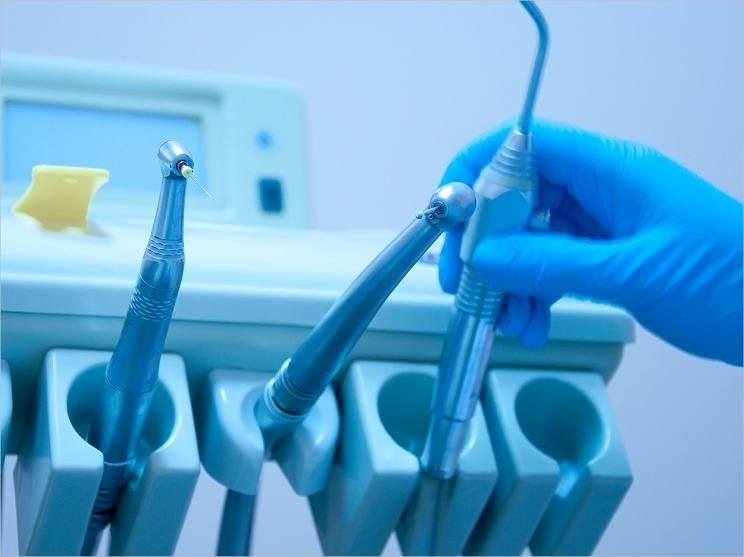
When performing procedures on exposed dental pulp, water or other methods used for irrigation must be “sterile or contain recognized disinfecting or antibacterial properties,” the California Dental Association (CDA) reports on a new state requirement that all dentists there must follow beginning January 1, 2019.
The requirement was prompted by a 2016 outbreak of mycobacterial infection at the Children’s Dental Group in Anaheim that led to the hospitalization of more than 60 children. Investigation of the outbreak suggested that the bacterium that infected the children likely was introduced by water used during the performance of pulpotomies.
The CDA worked with the state legislature to ensure the new requirement appropriately addressed the vulnerability that occurs during treatment of exposed dental pulp and is pleased that it “sets a clear standard for infection control during dental pulp procedures,” the CDA reports.
The new requirement is in addition to existing dental board regulations on water quality, which require that dental water lines be purged with air or flushed with water at the beginning of each workday and flushed between each patient.
The Centers for Disease Control and Prevention further recommend that dentists consult with their dental unit manufacturer for appropriate methods and equipment to maintain the quality of their dental water. The Food and Drug Administration has published guidelines for infection control in dental unit waterlines as well. And, the CDA provides infection control resources.
Related Articles
Anaheim Clinic to Reopen After Mycobacterium Outbreak
How Microbes Contaminate Your Dental Unit Waterlines
Mycobacterium Outbreak Teaches a Hard Lesson About Infection Control











